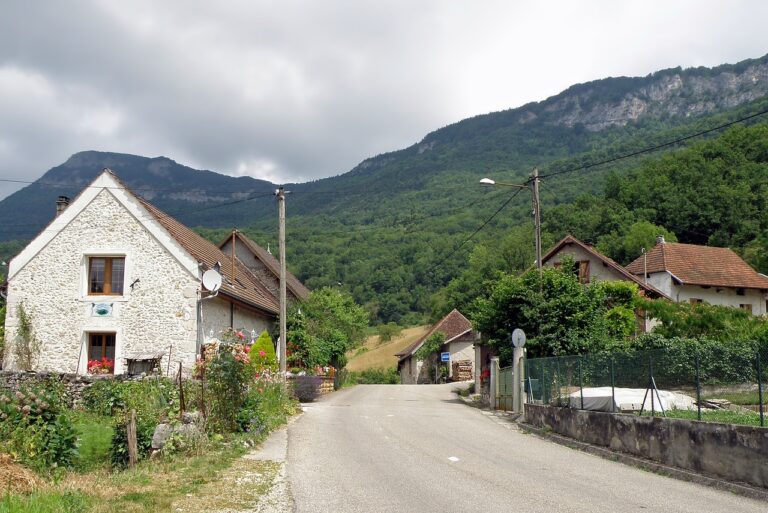Designing Accessible Outdoor Meditation Gardens: Creating Tranquil Spaces for Inner Peace
When planning an outdoor meditation garden, it is essential to consider the overall layout and design of the space. The garden should be conducive to relaxation and contemplation, with elements such as peaceful pathways, comfortable seating areas, and visually appealing greenery. Additionally, incorporating natural elements like flowing water features or gentle wind chimes can enhance the peaceful atmosphere of the garden.
Another key element to consider when planning an outdoor meditation garden is the selection of plants and flowers. Choose foliage that is known for its calming properties, such as lavender, chamomile, or jasmine. Plants with soothing scents and visually pleasing colors can further enhance the tranquil ambiance of the garden, providing a serene environment for meditation and reflection.
Selecting the Right Location for Your Meditation Garden
When choosing the perfect location for your meditation garden, it is essential to consider the surrounding environment. Look for a spot that is peaceful and secluded, away from noisy distractions. Ideally, select an area that receives ample sunlight throughout the day to provide a warm and inviting atmosphere for your meditation practice.
Additionally, pay attention to the natural elements in the chosen location. A setting with mature trees or beautiful flowers can enhance the tranquility of your meditation space. Take note of any potential sources of noise, such as busy roads or neighbors, and opt for a location that offers a sense of calm and serenity.
Incorporating Accessibility Features into Your Garden Design
When designing your meditation garden, it’s essential to consider accessibility features to ensure it can be enjoyed by all individuals. Incorporating ramps with gentle slopes can provide easy access for individuals with mobility impairments, allowing them to navigate the garden with ease and convenience. Additionally, installing handrails along the pathways can offer support and stability for those who may need assistance while moving through the space.
Adding sensory plants and features at accessible heights can create a more inclusive experience for individuals with visual or physical impairments. Incorporating elements like fragrant herbs at lower levels can engage individuals in wheelchairs or with limited reach, allowing them to interact with the garden through scent and touch. Furthermore, including textured pathways can guide those with visual impairments through the garden by providing tactile cues for navigation and exploration.
Why is it important to incorporate accessibility features into garden design?
It is important to incorporate accessibility features into garden design to ensure that individuals of all abilities can enjoy and fully experience the space.
What are some common accessibility features that can be incorporated into a garden design?
Some common accessibility features include ramped pathways, raised garden beds, wide pathways for wheelchair access, and tactile elements for visually impaired individuals.
How can I select the right location for my meditation garden?
When selecting a location for your meditation garden, consider factors such as sunlight exposure, noise levels, and accessibility to ensure a peaceful and tranquil environment.
What are some key elements to consider when planning an outdoor meditation garden?
Some key elements to consider when planning an outdoor meditation garden include incorporating natural elements, creating a sense of privacy, and selecting plants that promote relaxation and mindfulness.
How can I ensure that my garden design is inclusive for individuals with disabilities?
To ensure that your garden design is inclusive for individuals with disabilities, consider consulting with accessibility experts, incorporating universal design principles, and seeking feedback from individuals with disabilities.







